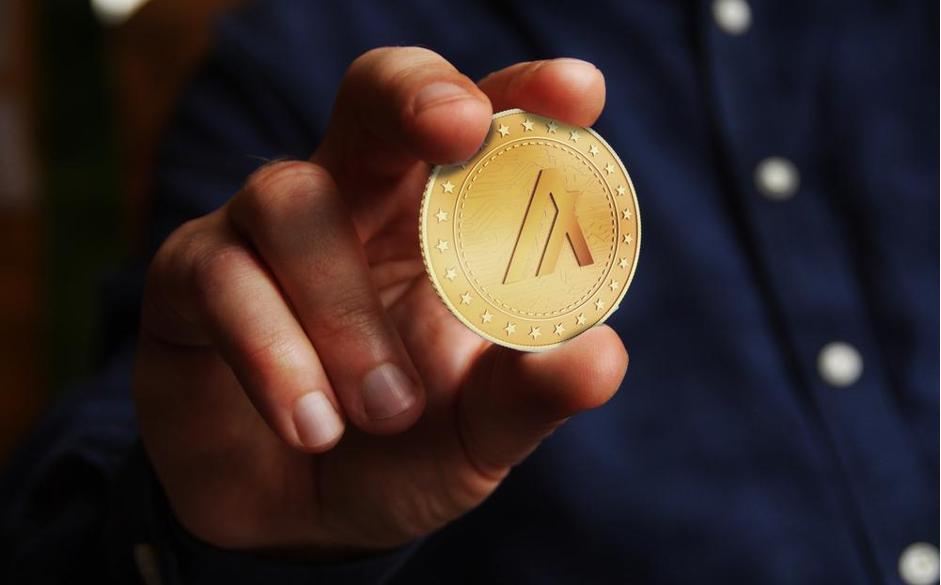While it is impossible to predict the cryptocurrency market’s future with complete accuracy, certain coins are more likely than others to experience significant growth in the coming year.
Today, there are more than 2,000 different crypto assets on the market. Most of these are built on top of blockchain technology, which offers many advantages over traditional centralized systems.
The Definition of Altcoins
The definition of an altcoin has changed over time as different crypto coins have joined the market. Bitcoin was the first generation of cryptocurrency, but other digital currencies, known as altcoins, have followed in its wake. In other words, an altcoin is any crypto asset other than Bitcoin.
Alt Season in Crypto
The term “altcoin season” refers to a period when the market capitalization of Bitcoin starts to dip below that of other cryptocurrencies. It typically happens when investors lose confidence in Bitcoin and begin selling off their holdings in favor of alternative coins.
List of Promising Altcoins in 2023
Polygon
Polygon is an Ethereum-based scaling platform that allows developers to build apps with low transaction fees. It is a layer-2 network that supports the Ethereum blockchain, allowing for rapid transaction processing and low fees.
The native currency used on the network is MATIC (Maturity Interest Coin) necessary for staking, paying fees on the network, and management.
Algorand
Algorand is designed to overcome the blockchain trilemma by adopting unique approaches from its peers in similar industries. Algorand uses a Proof-of-Stake consensus mechanism that doesn’t require energy-intensive mining operations, making it carbon-negative.
ALGO is the native token of the Algorand blockchain and can be used to pay transaction fees on the Algorand network. ALGO tokens are also used to stake ALGO coin and earn rewards.
Avalanche
Avalanche (AVAX) is a proof-of-stake (PoS) blockchain and smart contract medium that has the potential to overcome adaptability issues, which are prominent blockchain issues at present.
Its key selling point is its lightning-fast speed, which allows it to process 4500 transactions per second (TPS).
Litecoin
Litecoin is a decentralized cryptocurrency that uses a proof-of-work consensus mechanism. LTC is the token of Litecoin and has a maximum supply of 84 million. Miners must validate each block for the transaction to be recorded on the blockchain.
It takes 2.5 minutes to validate a block is 2.5 minutes, which is faster than Bitcoin’s 10 minutes. It allows for faster transaction confirmation times. Litecoin can be traded directly with other users using Atomic Swap technology.
Chainlink
Chainlink is a decentralized network that provides secure and reliable data to smart contracts. It is achieved using an oracle, a trusted third party that verifies data before sending it to the smart contract.
Chainlink provides a platform that connects data buyers and providers. Purchasers specify the data they need, and providers bid to deliver it by staking LINK tokens.
Stellar
The Stellar network facilitates trade between the fiat and crypto worlds by allowing people to exchange digital currency for U.S. dollars or other currencies.
XLM, the native token of the Stellar network, uses a Proof-of-Stake consensus mechanism called Stellar Consensus Protocol (SCP). This protocol allows the network to reach a consensus without a central authority.
Polkadot
Polkadot is a cryptocurrency that utilizes a proof-of-stake (POS) mechanism to associate blockchains and process transactions. The relay chain is the primary network that enables it to connect with other blockchains and can process over one thousand transactions per second.
The native token of Polkadot, DOT, plays a significant part in keeping the network running smoothly and efficiently.
FTX Token
FTX is a cryptocurrency exchange that provides various services and features, including futures trading and options. The platform offers margin trading, leading to increased profits or losses.
Leveraged tokens are an alternative to margin trading; fees are lower than many other exchanges. FTT, FTX’s native token, is relatively inexpensive compared to other platforms.
Cardano
Cardano is a blockchain built on the principle of proof of stake. It uses a new algorithm called Ouroboros, which increases its transaction speeds by eliminating the need for miners to verify transactions.
The network’s credibility stems from its peer-reviewed technology, giving it an advantage over other blockchain networks in terms of scalability and security. Cardano’s native token, ADA, is used to facilitate P2P transactions on the network.
Hedera
Hedera Hashgraph, a distributed ledger technology developed in 2016 by Swirlds, is an alternative to proof-of-work (PoW) and proof-of-stake (PoS) mechanisms.
The Hedera network uses a native cryptocurrency called HBAR, which can be used to pay transaction fees and in-app power payments on application networks. The utmost supply of HBAR is capped at 50 billion, making it a scarce resource.
Takeaway
When choosing a cryptocurrency to invest in, you need to consider, among other things:
- Market capitalization and circulation supply;
- The team behind the project and its experience;
- The technology behind the coin and its ability to meet future needs;
- whether it is listed on major exchanges;
- and whether it has a strong community backing it.
Cryptocurrency markets are still in their early stages. It means that there are immense growth opportunities. With these considerations in mind, you should be able to choose the best coin for maximum returns.
